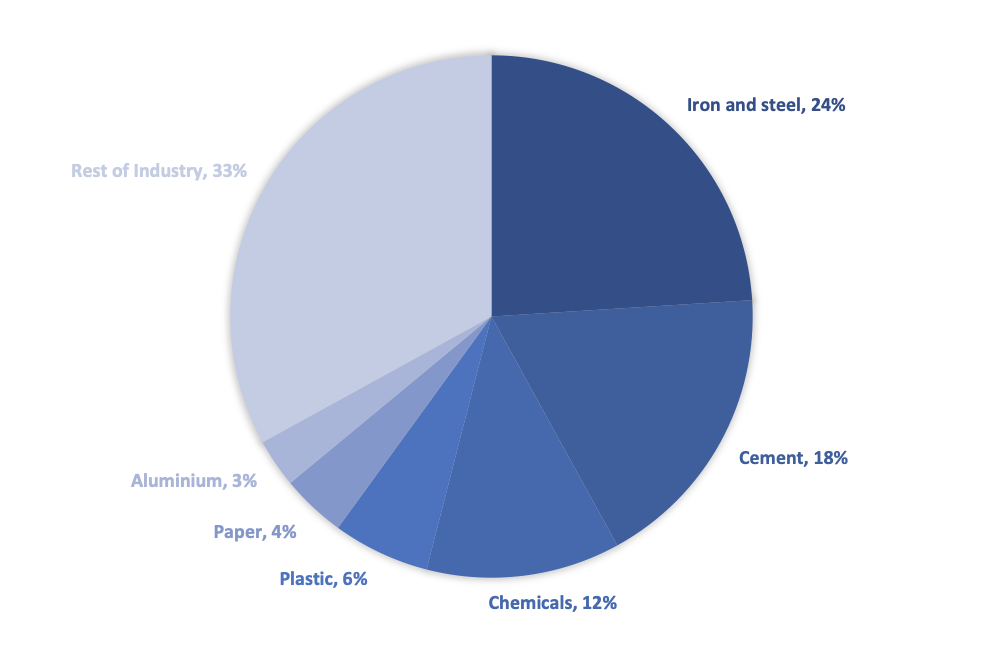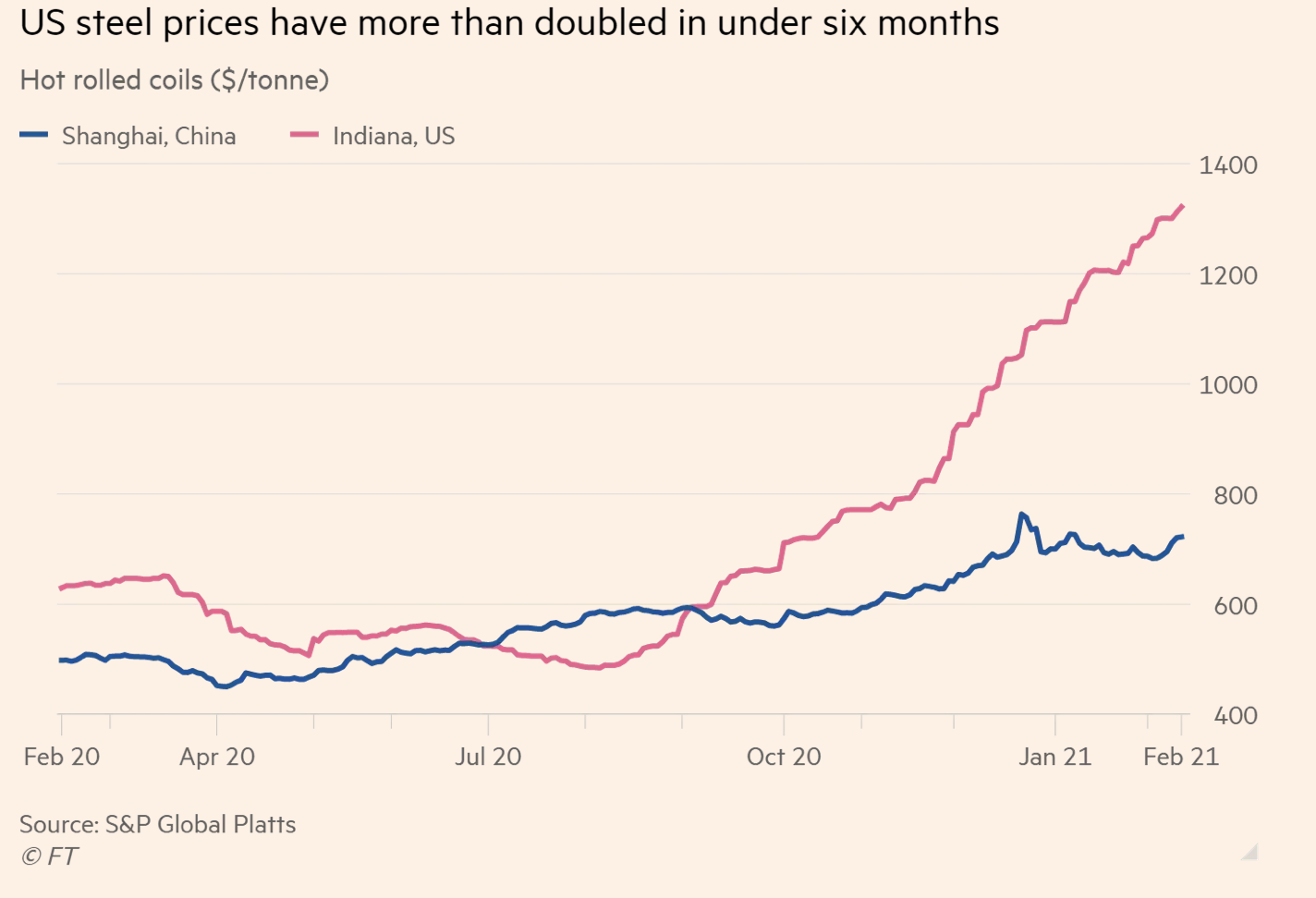It is not the copper, it's steel
Analysis of the potential benefits and drawbacks of cloud computing from the perspective of the flexibility it offers and the security risks it entails.
By Herman Aguirre
The race to clean up one of the dirtiest industries on the planet, steel, must begin now if we aspire to reduce our impact and avoid a climate disaster. But can we make significant changes in acquisition procedures or prices in a foundational industry of our "modernity"? Buildings, bridges, ships, weapons, appliances... everything contains steel.
In his latest book, Bill Gates highlights and warns about the creation of steel and cement as the main emitters of greenhouse gases. This situation is especially complex when both elements are essential for economies to progress and urbanize their public spaces. If the USA and Europe did it in the last century, with what moral authority can we prevent the developing world from doing the same? A rhetorical question that can have numerous answers.
The steel industry, after power generation, is the sector that produces the most carbon dioxide. This industrial branch represents between 7 and 9% of direct fossil fuel emissions, according to figures from the World Steel Association.
Total CO2 emissions by industrial sector (source: Annual Review: https://www.annualreviews.org)

Why is there so much CO2 produced?
To produce steel (an alloy of iron and carbon), it is necessary to melt iron in “blast furnaces” at temperatures of around 1,000 °C. Iron, which can be Fe2O3 or Fe3O4, is mixed with bituminous coal (coke) and limestone.
The chemical reactions inside the blast furnace are:
- C + O2 -> CO2
- CO2 + C -> 2CO
- Fe2O3(s) + 3CO(g) -> 2Fe(l) + 3CO2(g)
Producing elemental iron requires a high level of energy. The cheapest source in the world is and will continue to be coal for a long time. This situation makes the process highly dependent on this energy variable, generating a disincentive to change to a more expensive methodology. Are we willing to pay for a green procedure? (I recommend reviewing the concept of "Green Premiums" described by Bill Gates in How to Avoid a Climate Disaster)
From a market perspective, the demand for steel has pushed prices up by more than double in the last 6 months (as of April 2021), highlighting its importance in any type of economic recovery the planet undergoes. Post-pandemic and with China growing by 18.3% in the first quarter of 2021, this is notably true.
Shouldn't we reduce consumption to meet our own intentions, such as the Paris Agreement? The numbers say the opposite.

Source: Financial Times with data from S&P Global Platts.
Can we really achieve carbon neutrality? It's difficult. If we don't have a significant technological breakthrough in steel production, the carbon-zero goal slips away rapidly.
Planting trees alone won't cut it. We need science and engineering to solve this problem.
Fuentes: